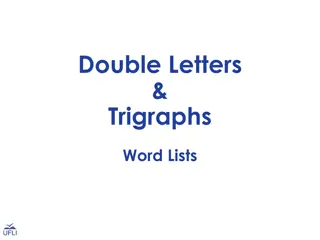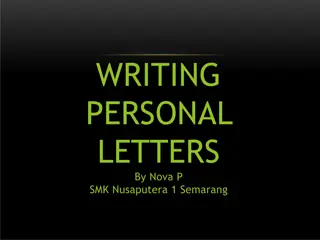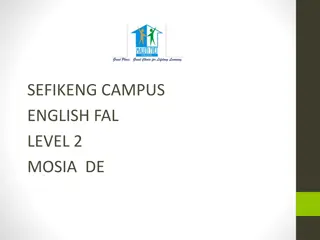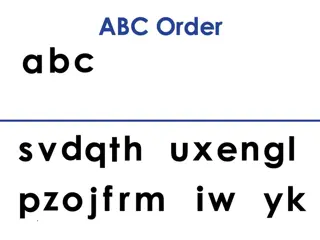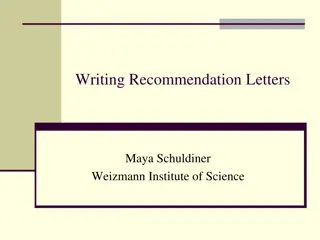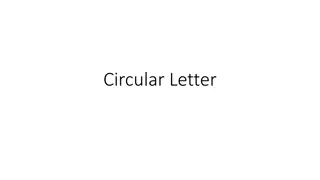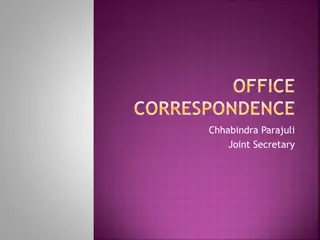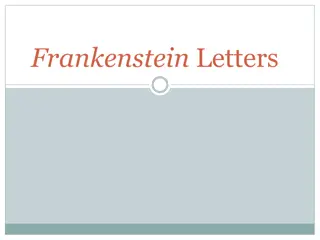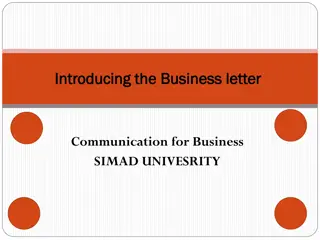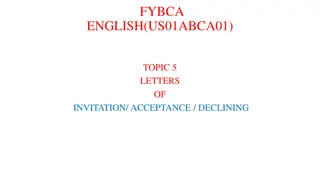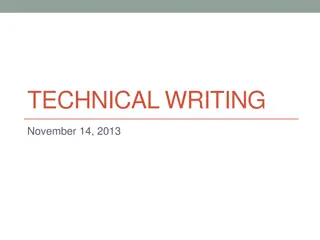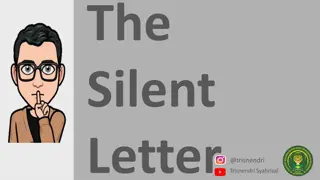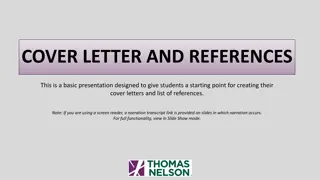Essential Parts of Business Letters
In the realm of business communication, understanding the vital components of a well-crafted letter is crucial. Learn about attention lines, subject lines, reference initials, attachment/enclosure notations, copy notations, blind copy notations, and second-page headings. Master the nuances that enhance the effectiveness and professionalism of your correspondence.
Download Presentation

Please find below an Image/Link to download the presentation.
The content on the website is provided AS IS for your information and personal use only. It may not be sold, licensed, or shared on other websites without obtaining consent from the author.If you encounter any issues during the download, it is possible that the publisher has removed the file from their server.
You are allowed to download the files provided on this website for personal or commercial use, subject to the condition that they are used lawfully. All files are the property of their respective owners.
The content on the website is provided AS IS for your information and personal use only. It may not be sold, licensed, or shared on other websites without obtaining consent from the author.
E N D
Presentation Transcript
Special Parts of Business Letters Career Prep 2013-2014
An attention line should be used only when the writer does not know the name of the person who should receive the letter. Attention Line
The subject line specifies the topic discussed in the letter. Key the subject line in ALL CAPS, a DS below the salutation. Subject Line
If someone other than the originator of the letter keys it Key the keyboard operator s initials in lowercase letters at the left margin a DS below the writer s name, title, or department. Reference Initials
If another document is clipped or stapled to a letter, the word Attachment is keyed at the left margin a DS below the reference initials. If another document is included but not attached, the word Enclosure is used. If reference initials are not used, Attachment or Enclosure is keyed a DS below the writer s name. Attachment/Enclosure Notation
A copy notation indicates that a copy of a letter is being sent to someone other than the addressee. Use c followed by the name of the person(s) to receive a copy. Place a copy notation a DS below the enclosure notation or the reference initials if there is no enclosure: Example: c Hector Ramirez Copy Notation
When a copy of a letter is to be sent to someone without disclosing to the addressee of the letter, a blind copy (bc) notation is used. When used, bc and the name of the person receiving the blind copy are keyed at the left margin a DS below the last letter part on all copies of the letter except the original. Example: bc Arlyn Hunter Blind Copy Notation
Occasionally, a letter (or memo) will be longer than one page. Only p. 1 is keyed on letterhead; all additional pages should be keyed on plain paper with a second-page heading. Key the heading 1 from the top of the page SS in block format at the left margin. Include the name of the addressee, the page number, and the date. DS below the date before continuing the letter. Second-Page Heading





